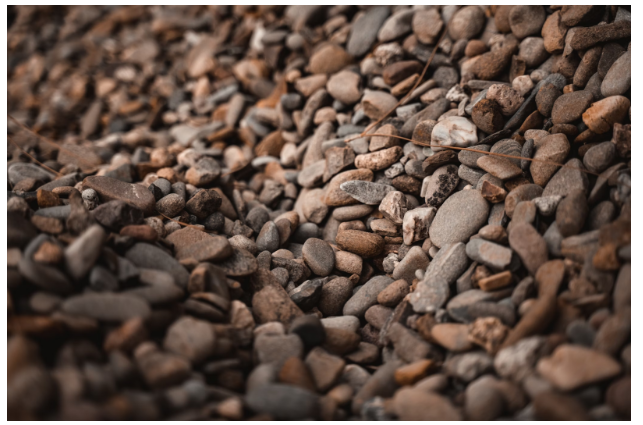Is PRP Hair Treatment Painful?
PRP (Platelet-Rich Plasma) hair therapy has grown in popularity as a non-surgical hair repair and renewal alternative. In a PRP hair treatment, a patient’s blood is drawn, processed to concentrate the platelets, and then the platelet-rich plasma is injected back into the scalp. Promoting tissue repair and hair restoration are the main objectives. While PRP therapy is frequently utilised for hair growth because of its high effectiveness rate. It is typically regarded as a safe operation with little chance of adverse effects.
Regarding discomfort, PRP therapy encourages hair growth with little to no discomfort. The growth factors and proteins found in the platelets in PRP can encourage tissue regeneration and repair. If you are considering PRP treatment, you must consult a qualified dermatologist with vast experience. Click here to take a personalised advice based on your specific circumstances. Keep reading to know more about the PRP treatment and pain related to this procedure.
Understanding Discomfort and Pain in PRP Hair Treatment
It is possible to feel minor discomfort or slight pain during a PRP hair treatment. However, the level of pain differs from person to person based on their scalp sensitivity and injecting process. During PRP treatment, a small amount of blood is taken from the patient, usually from the arm.
The platelet-rich plasma is extracted from the blood and injected into the targeted area. A needle prick-like discomfort associated with the injection procedure itself is possible. To help lessen pain during the treatment, medical experts frequently use local anaesthesia or numbing medications.
It is possible to feel discomfort, tightness, or minor pain when the PRP is injected after the procedure. This is a typical reaction that can, if necessary, be controlled with over-the-counter pain relievers. Post-treatment pain might range in intensity and length, but it usually lasts only a few days and goes away.
What are the Leading Causes of Pain during PRP?
How to Avoid Pain during PRP Hair Treatment?
Considering the following aspects can help you manage the pain during plasma-rich therapy hair treatment:
- Communicate with your Doctor
Communicate with the doctor performing the surgery about your pain tolerance and any concerns you may have. They can modify their approach or take additional precautions to ensure your comfort.
- Do not think much about pain
While undergoing the process, engage in activities that divert your focus. To help distract your attention from any potential pain, you can listen to music, watch a film, or speak with a medical expert.
- Pain Relieving Medicines
If you expect to have a lot of discomfort, talk to your doctor about whether you should take over-the-counter painkillers before the treatment. Pay attention to their advice and suggestions.
- Cold Compressor
Applying an ice pack or cold compress to the scalp before the injections will help numb the area and lessen pain perception.
Post PRP Treatment Care
Adhering to the post-PRP treatment instructions given by your healthcare provider is essential because they provide suggestions on how to deal with any discomfort or pain. Ice packs, minimising pressure or heavy activity on the treated area, and taking prescribed painkillers, if suggested, can all help reduce any short-term pain or discomfort.
It is best to discuss any worries you may have with your healthcare provider if you have any regarding the pain or discomfort that may be included with PRP treatment. They can offer you individualised advice, address your unique issues, and make sure you’re at ease during the course of therapy.
Conclusion
Even though PRP hair treatment is typically well accepted, some people may feel pain or discomfort while doing the procedure. The level of comfort during PRP hair treatment can be greatly increased by comprehending the sources of discomfort and using the proper management techniques.
Effective pain management methods, such as the application of numbing agents, distraction strategies, the application of cold compresses, relaxation exercises, and, if required, the use of pain medication, can assist in easing discomfort. In order to provide a more comfortable experience during the PRP hair treatment procedure, it is crucial to have open contact with your healthcare expert. They can adjust the therapy and offer direction, ensuring desirable outcomes with no or very little pain.

